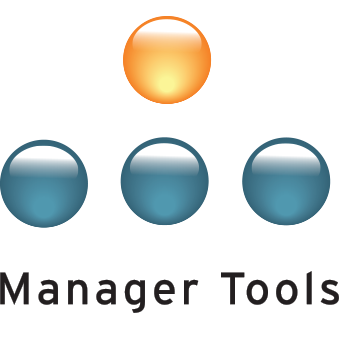![]() Submitted by dmb41carter36 on
Submitted by dmb41carter36 on
in
Forums
Can anyone share or point me in the right direction of how to overcome the ROI objection from management to implement O3's for line workers?
I have listened to the cast. I'm totally on board. I would like some help in justifying the ROI to management. Once presented with the idea, I know management will immediately calculate the time away from the line and try to crush the idea into a million pieces. I am confident I can present the soft benefits.
ROI Example:
Scope: 15 line workers
O3 "Unproductive" time per week: 7.5 hrs
Cost per hour/line worker: $30
Cost per hour/supervisor: $40
Total Cost Investment: $525/week = $27,300 per year
Total return: ?



Well... what *are* the benefits?
Given that you're "totally on board", I assume that you're all over the benefits of O3s. They may not be *directly* quantifiable, but with a little work you can make them numeric.
Take, for instance, job satisfaction. If someone is satisfied in their job, they're less likely to leave. How much does it cost to hire and train a new employee (don't forget both the direct costs -- recruiting, etc -- and also the indirect costs, like loss of productivity during a ramp-up period, the time needed by others to train the new guy, unemployment insurance premiums, possible lost sales due to lack of production... the list goes on and on). Estimate how many less people might leave because of O3s (my personal count, over 18 months of doing them, is one voluntary departure of a person managed by me, versus four from people in similar positions to my directs, but who weren't managed by me -- your mileage may vary).
For every benefit you can think of for O3s, you can reduce it to a bottom line number. Those numbers might not be exact, but you can at least make some reasonable assumptions to bring it down to a dollar figure. Add a few of those up and you'll probably be able to make a case to make your O3s an hour long!
sell it as a pilot
If you can't quantify the benefits to the satisfaction of your manager, can you sell it as a pilot project? Tell them the reasons why you expect it will save the company money in the long run, find some metrics you believe will be directly impacted, and track those metrics after you start doing the O3's. While improvement may not be directly attributable to the meetings, if there are no other significant changes you will have a very good case.
While this is a "soft" metric, I have used the 12 question employee satisfaction survey from the book "First Break all the Rules". They are backed by a significant amount of research and there have been direct correlations made between positive answers to those questions and company profitability. I can almost guarantee that if you had your employees take that survey before starting the one on one meetings, then again say 3 months later, there would be a significant difference.